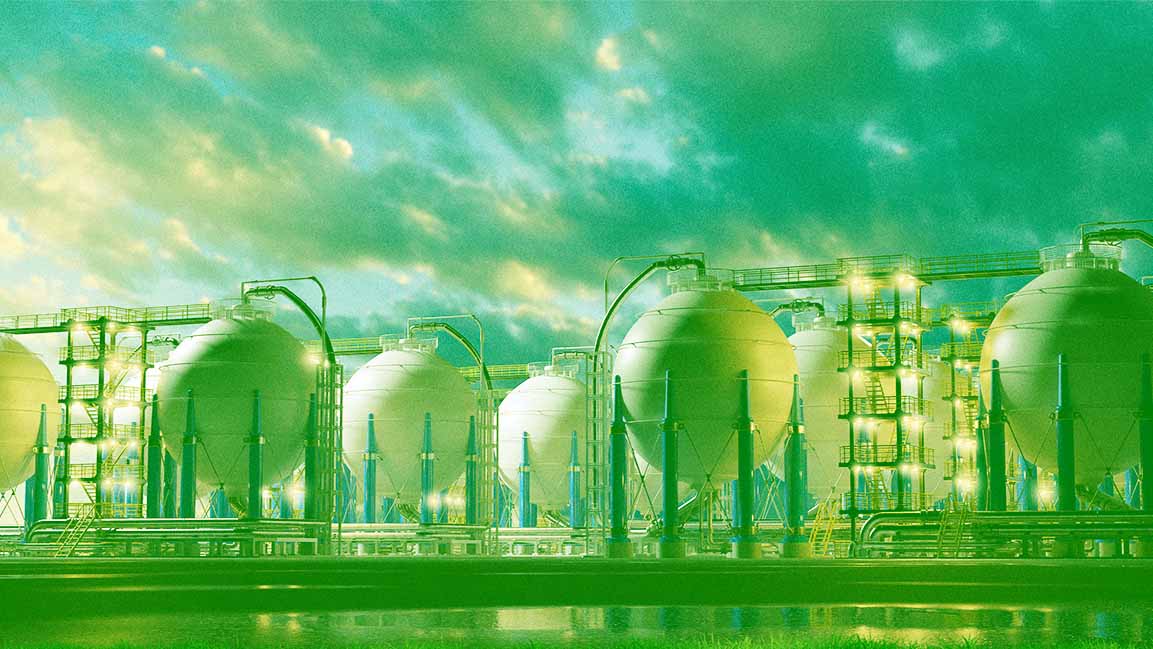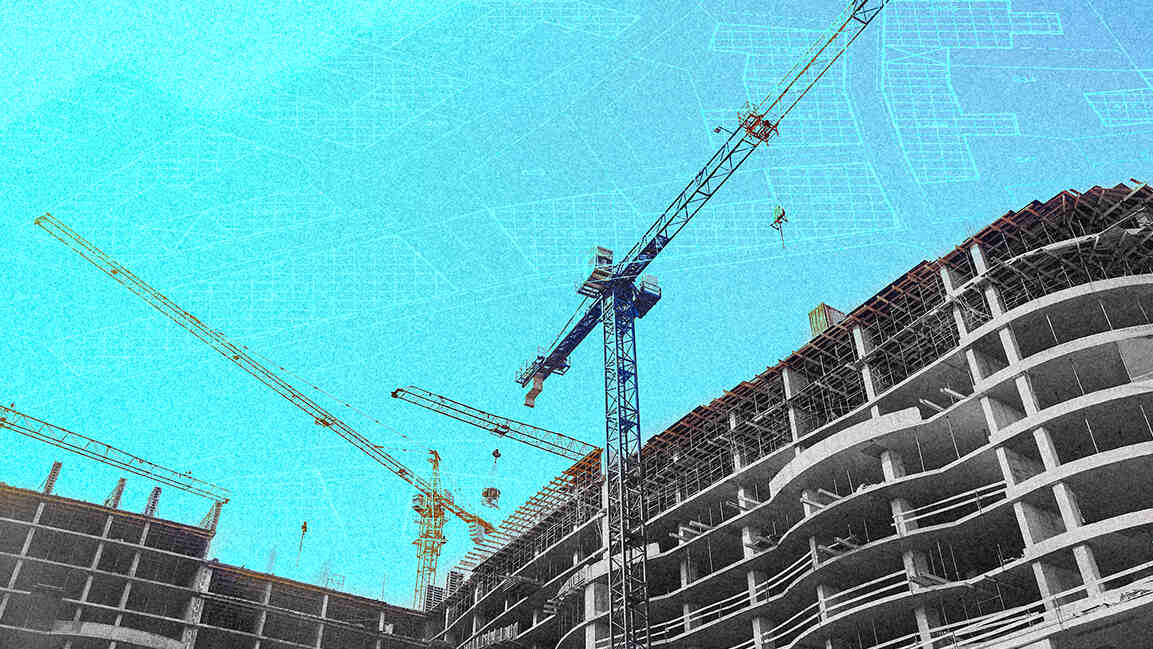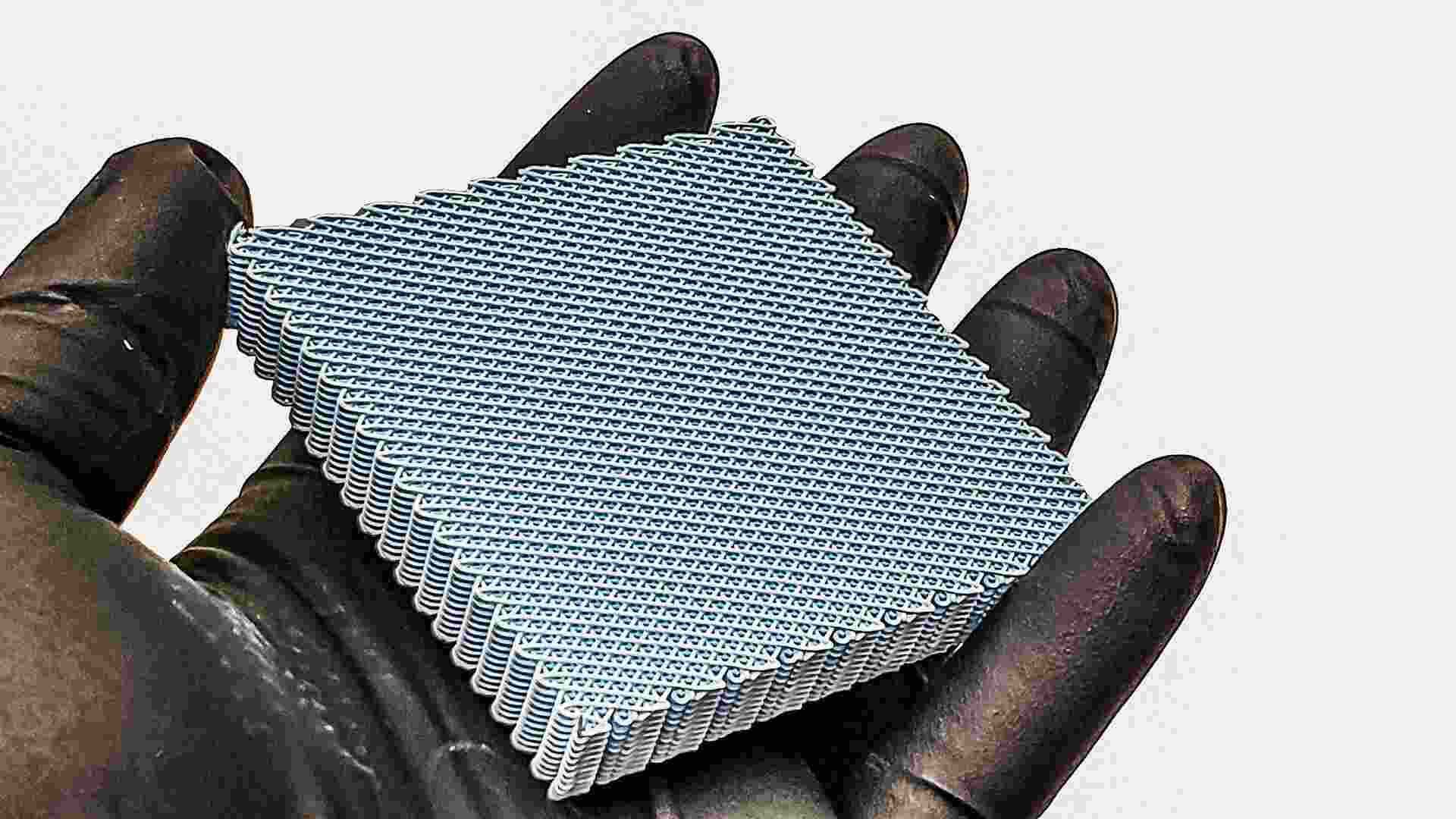- | 12:00 pm
UAE and Saudi Arabia lead Arab investments in green hydrogen
The UAE is home to the region's first green hydrogen production plant and aims to capture 25% of the global hydrogen market by 2030.

The UAE and Saudi Arabia are positioning themselves as global leaders in green hydrogen, competing to dominate the clean energy market.
According to the Abu Dhabi-based Interregional Center for Strategic Analysis, both nations are making significant investments in the production and export of green hydrogen. This is part of broader efforts to diversify their economies away from oil and secure a leadership role in the fast-growing renewable sector.
The report noted that the UAE is focusing on green hydrogen and ammonia production as part of its 2050 carbon neutrality vision and integrating these into its clean energy and sustainability strategy.
The UAE is home to the region’s first green hydrogen production plant and aims to capture 25% of the global hydrogen market by 2030. Masdar plans to produce one million tons of green hydrogen annually by 2030, while ADNOC’s current production capacity is 300,000 tons. The UAE intends to boost clean energy investments to $163 billion by 2050 to support these ambitious goals.
The emirate’s National Hydrogen Strategy is centered on supporting low-emission industries, achieving climate neutrality, and establishing global leadership in hydrogen production by 2031.
Key initiatives in the UAE include the Abu Dhabi Hydrogen Alliance, the Fertiglobe Project for green ammonia, and Masdar’s renewable energy solutions, all of which have established the UAE as a leader in green hydrogen.
Green hydrogen is a cornerstone of Vision 2030’s economic diversification strategy in Saudi Arabia. The NEOM project, set to launch in 2025, aims to produce 650 tons of green hydrogen daily at an estimated cost of $5 billion. NEOM Green Hydrogen has also signed agreements worth $8.4 billion to develop an integrated facility capable of producing 600 tons of green hydrogen daily by 2026.
This facility will leverage 4 GW of wind and solar energy to generate up to 1.2 million tons of ammonia annually for export, beginning with the commercial operation in 2026.
The kingdom is actively signing international agreements to enhance its green hydrogen production and is expected to make multi-billion-dollar investments in the sector in the coming years.
The International Energy Agency projects that green ammonia will constitute 45% of energy demand in the shipping sector by 2050, underscoring its increasing importance in the green energy transition.
In 2021, the UAE initiated the region’s first green ammonia project, paving the way for advancements in sustainable energy. Egypt’s project, unveiled at COP 27, followed, further highlighting the growing interest and commitment among Arab nations in the green ammonia sector.































